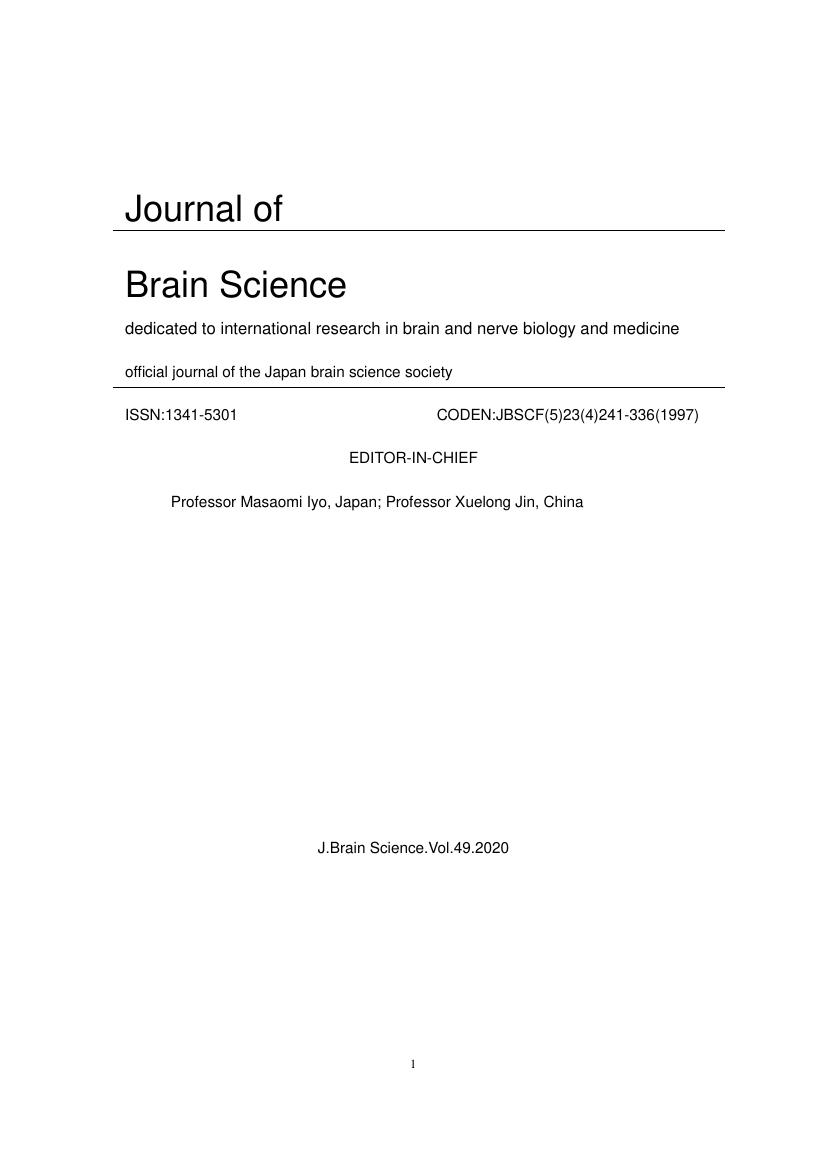50 0 0 0 OA 慢性グリホサート曝露による発達期ラット小脳の神経細胞死及びミクログリア活性
- 著者
- Ken FUTAGAMI Thomas Kwong Soon TIONG Christine Li Mei LEE Yong Lin HUANG Yoko NOMURA Yasunari KANDA Sachiko YOSHIDA
- 出版者
- 日本毒性学会
- 雑誌
- 日本毒性学会学術年会 第47回日本毒性学会学術年会
- 巻号頁・発行日
- pp.P-5S, 2020 (Released:2020-09-09)
環境中や食品中の化学物質が身体に与える影響について、経済協力開発機構(OECD)による統一的な試験が試みられている。発達期の神経形に対する毒性は、確実に毒性を示すポジティブコントロール物質(P物質)と、毒性を示さないネガティブコントロール物質(N物質)が提案されているが、近年、従来N物質とされた物質の一部に発達期毒性があり、自閉症や発達傷害などの高次脳機能障害の増加を誘発することが示唆されるようになった。グリホサートは世界で最も多く使用されている除草剤ラウンドアップの有効成分であり、土壌中ではアミノメチルホスホン酸(AMPA)に代謝され、OECDテストガイドラインのN物質である。除草剤としての機能は、植物中の芳香族アミノ酸を合成するシキミ酸経路において、5-エノールピルビルシキミ酸-3-リン酸シンターゼ(EPSPS)を阻害することである。一方、このシキミ酸経路は動物には存在しないため安全であると考えられてきたが、動物の腸内細菌にはシキミ酸経路が存在するため、近年、胎生期グリホサート曝露により、神経障害の誘発や行動異常が報告されるようになってきた。本研究室では、胎生期に単回100、250 mg/kg-グリホサート曝露又は単回250 mg/kg-AMPA曝露させることにより、小脳の神経細胞異常と行動異常を報告してきた。そこで、本研究では、胎生期慢性グリホサート曝露による小脳皮質に与える影響を検討した。結果は、雄の仔ラットにおいて、プルキンエ細胞の有意な減少が観察された。さらに、雄及び雌の仔ラットにおいて、活性型ミクログリアのプルキンエ細胞層(PL)に対する有意な分布が観察された。従って、グリホサートは発達期に対する神経毒性があると考えられる。
- 著者
- Yoko Nomura Toshio Sasaki Hyung-Been Kang Ryuichi Suwa
- 出版者
- The Society of Fiber Science and Technology, Japan
- 雑誌
- Journal of Fiber Science and Technology (ISSN:21897654)
- 巻号頁・発行日
- vol.73, no.11, pp.317-326, 2017-11-10 (Released:2017-11-28)
- 参考文献数
- 41
- 被引用文献数
- 1
Okinawa Island is part of the Ryukyu Islands located in southern Japan. Basho-fu is a unique and traditional Okinawan textile made from the banana plant Itobasho. The traditional production process of Bashofu has not been well studied scientifically. In this study, materials from the traditional degumming process (Udaki) of Basho-fu were characterized by morphological observation and other analytical instruments (FT-IR and XRD). The fiber materials degummed by the traditional and the modern laboratory methods were compared. The vascular bundles of the main component of Basho-fu fibers were conserved in the materials processed by the two degumming methods. However the FT-IR study indicated that the traditional method was milder than the laboratory process. The results scientifically confirms that the delicate traditional degumming step is a crucial process in the production of the fine Basho-fu textiles.
- 著者
- Yoko Sagawa Tomoko Nishimura Yoko Nomura Toshiki Iwabuchi Taeko Harada Akemi Okumura Chikako Nakayasu Nagahide Takahashi Nori Takei Kenji J. Tsuchiya
- 出版者
- Japan Brain Science society
- 雑誌
- 脳科学誌 (ISSN:13415301)
- 巻号頁・発行日
- vol.49, pp.32-62, 2020 (Released:2020-12-01)
- 参考文献数
- 40
